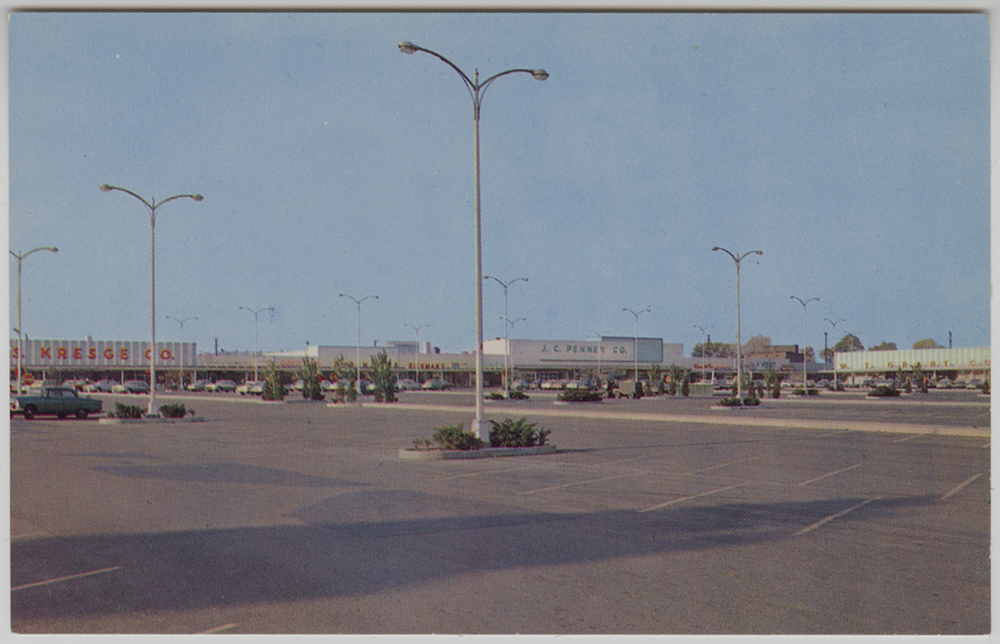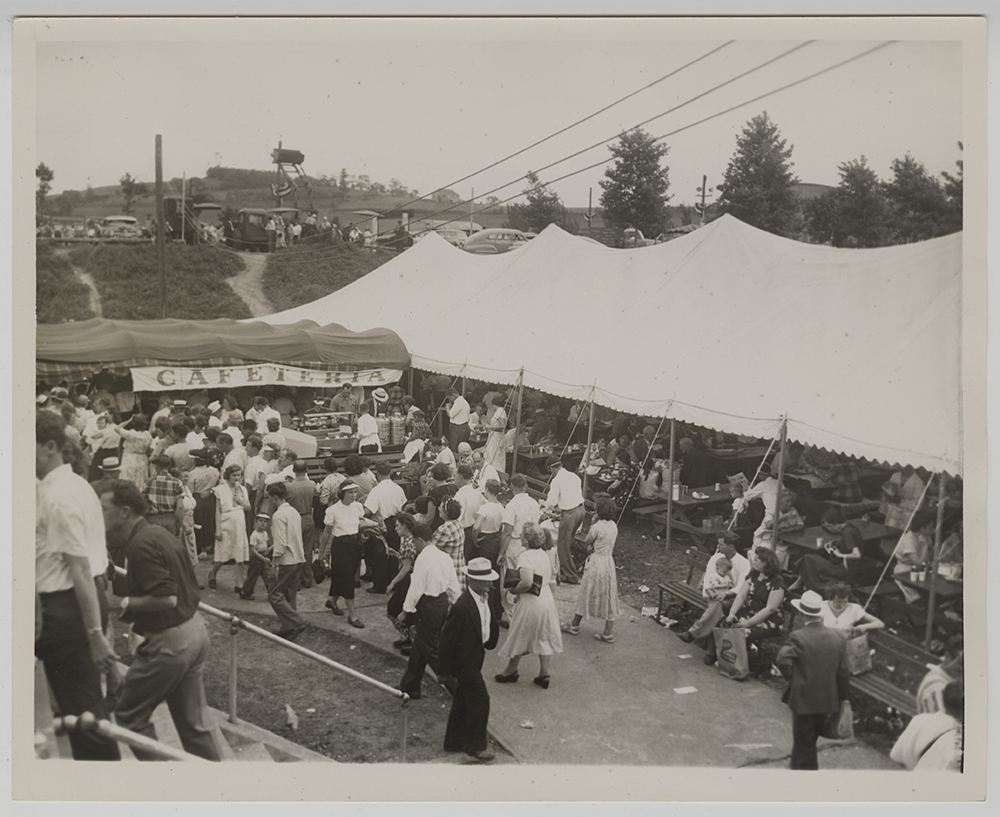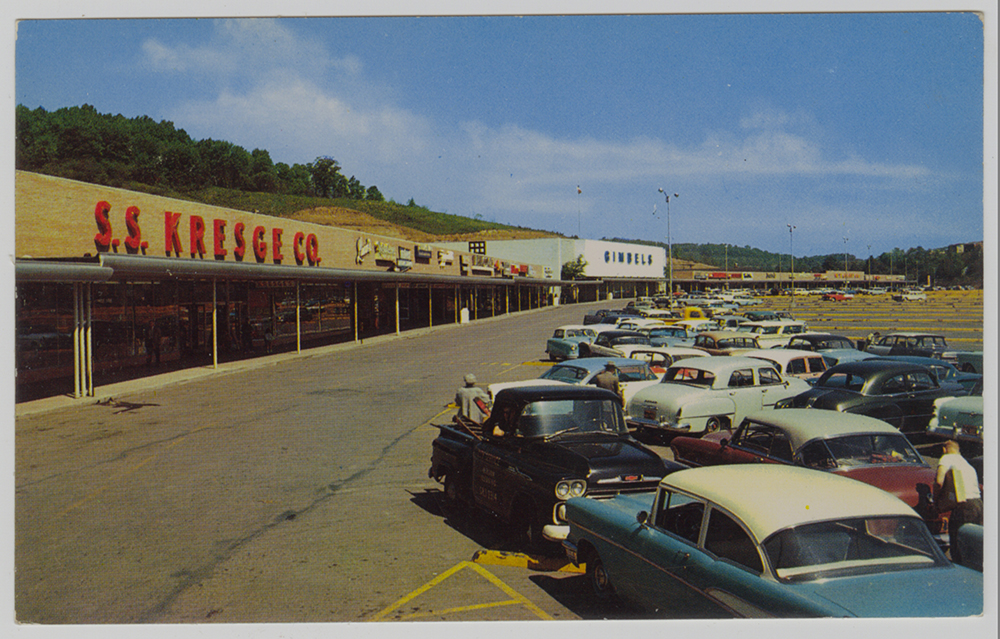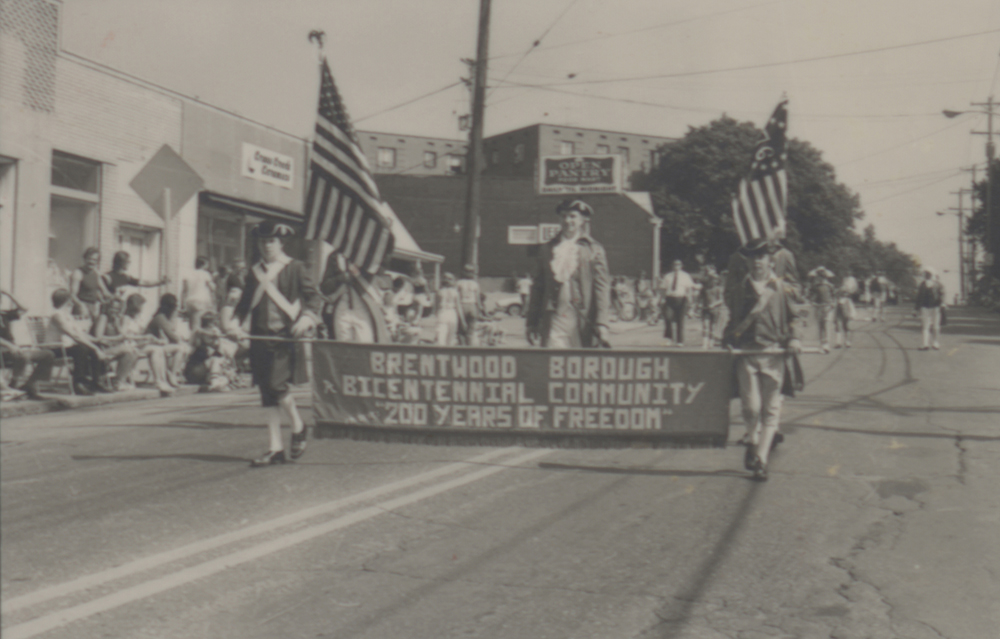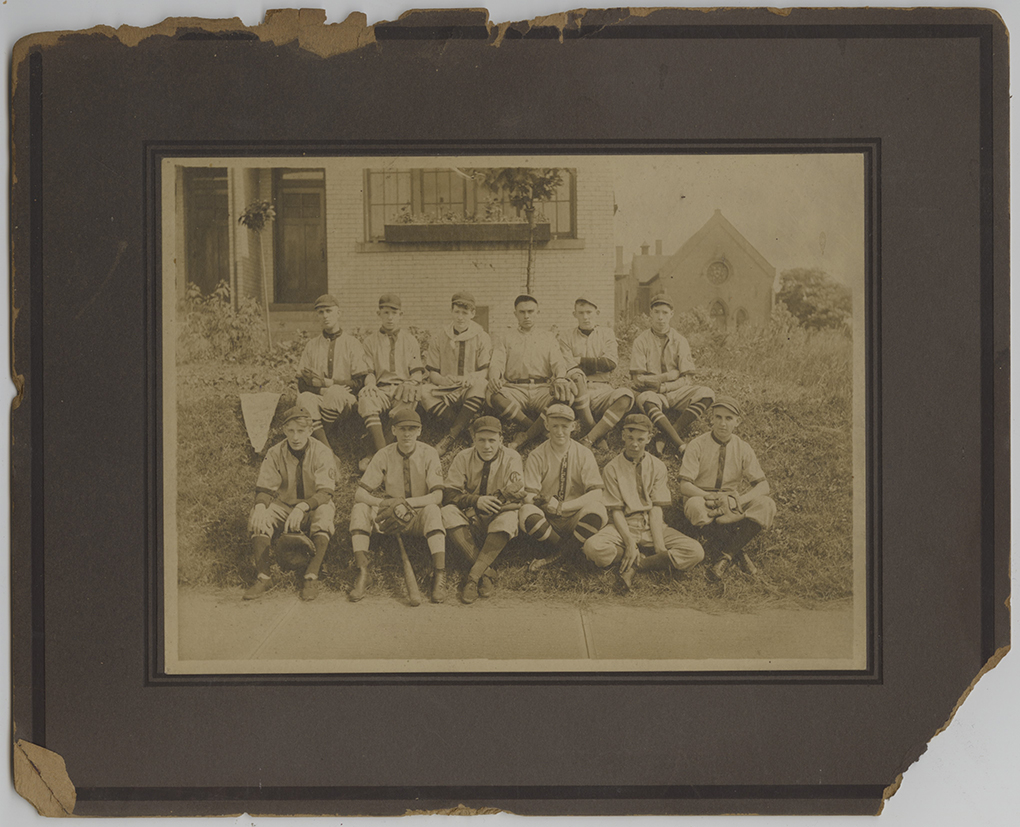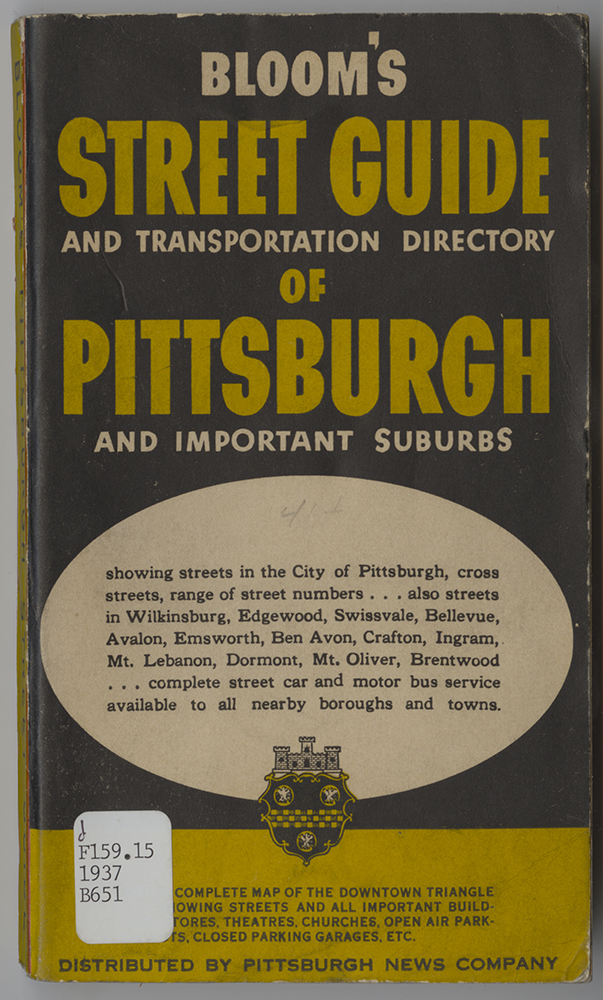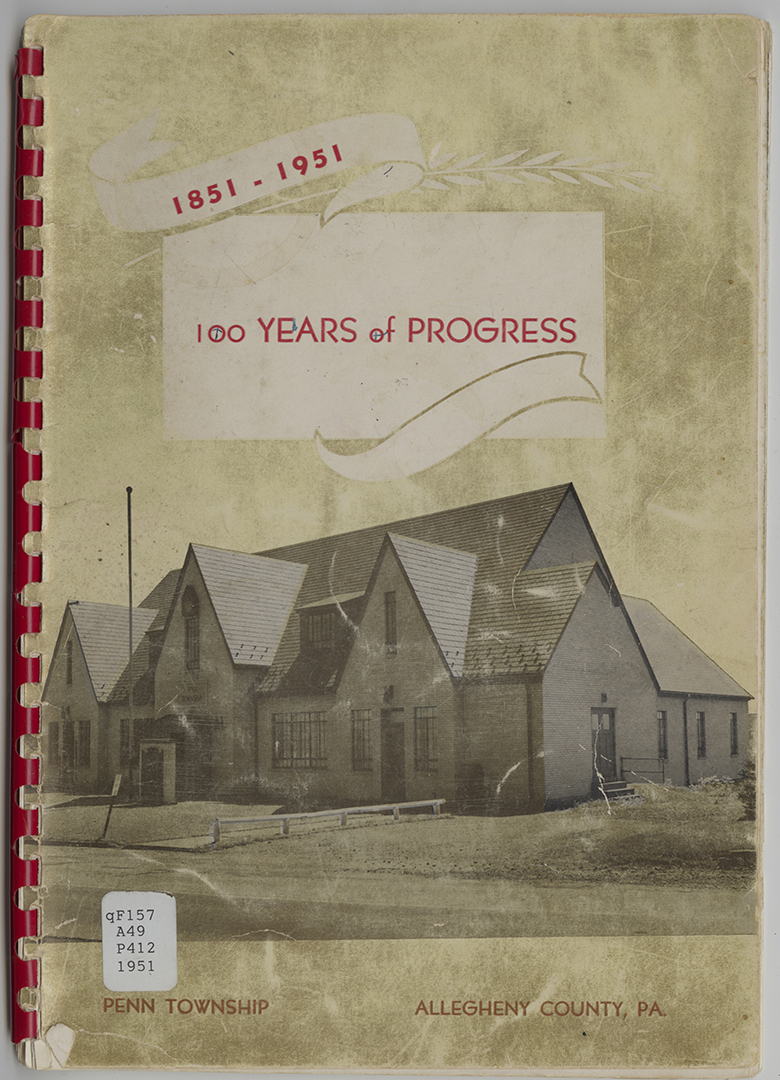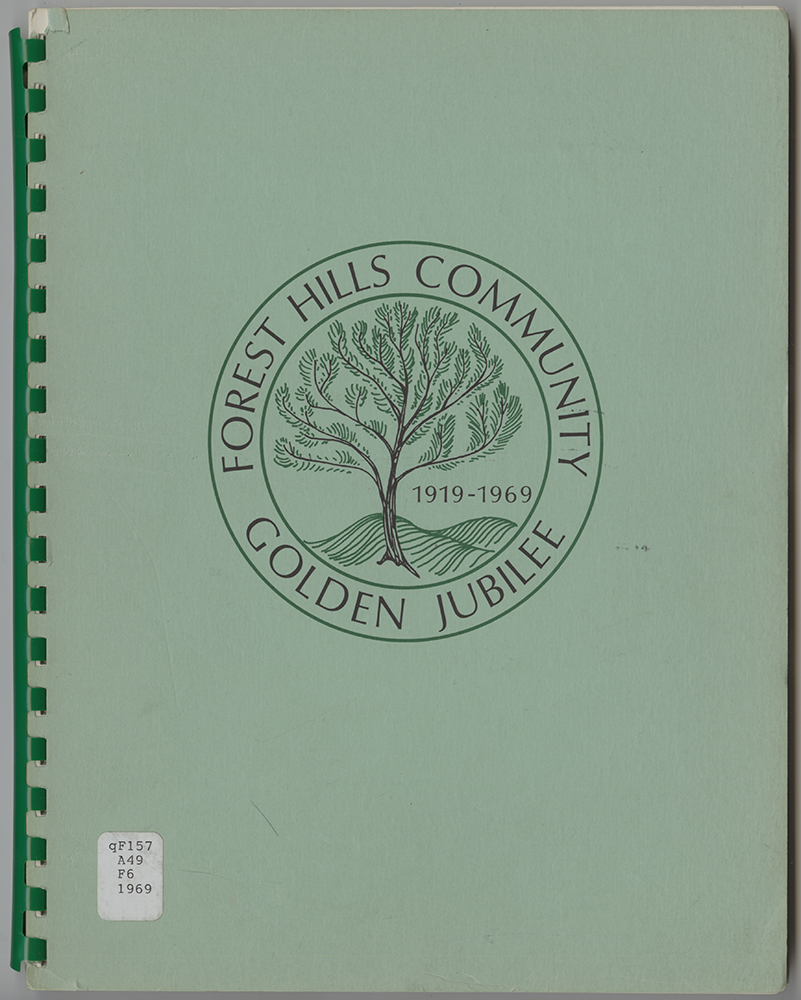This post is part of an ongoing series seeking images and documents in connection with the #Pixburgh: A Photographic Experience exhibition opening this fall at the Heinz History Center. Read all posts related to the project by searching the #pixburgh tag on our blog.
While we at the Heinz History Center call the Strip District our home neighborhood, we strive to have our collection also represent the constellation of townships, boroughs, and neighborhoods that comprise Western Pennsylvania.
The traffic that clogs the main arteries in and out of Pittsburgh is a strong reminder that the decidedly suburban way of life that began in earnest throughout the 1920s is still going strong. The history of Pittsburgh’s suburbs can be found in numerous publications, maps, postcards, records, and photographs within our collections. We’d love your help in expanding our photo documentation of these suburban communities that have had a hand in shaping Western Pennsylvanians for nearly 100 years.
Numerous factors affected the growth of Pittsburgh’s suburbs, including the rise of industry and manufacturing, increased wages, limitations of extant city housing, cleaner air, and the promise of efficient transportation routes throughout the 1920s and 1930s. Construction of the Parkway East and West, as well as expansions and improvements to the roads in and out of both the South and North Hills promised commuting ease. Transportation to and from the suburbs was further supplemented by trolley lines and streetcar routes.
Suburban life, so often characterized by tidy house plots with supporting schools, libraries, shopping centers, houses of worship, and business districts flourished in the former woodlands of Allegheny County. By 1950, more people lived in the suburbs than within the City of Pittsburgh. Many townships saw dramatic growth, such as Mt. Lebanon, which witnessed its population spike from 2,000 in the early 1920s to over 26,000 by 1950. Writing for the Pittsburgh Press in 1951, Edwin H. Beachler reflected that the people of our region at this time “came to look on the city as a place to make a living and the suburbs as a place to live.”
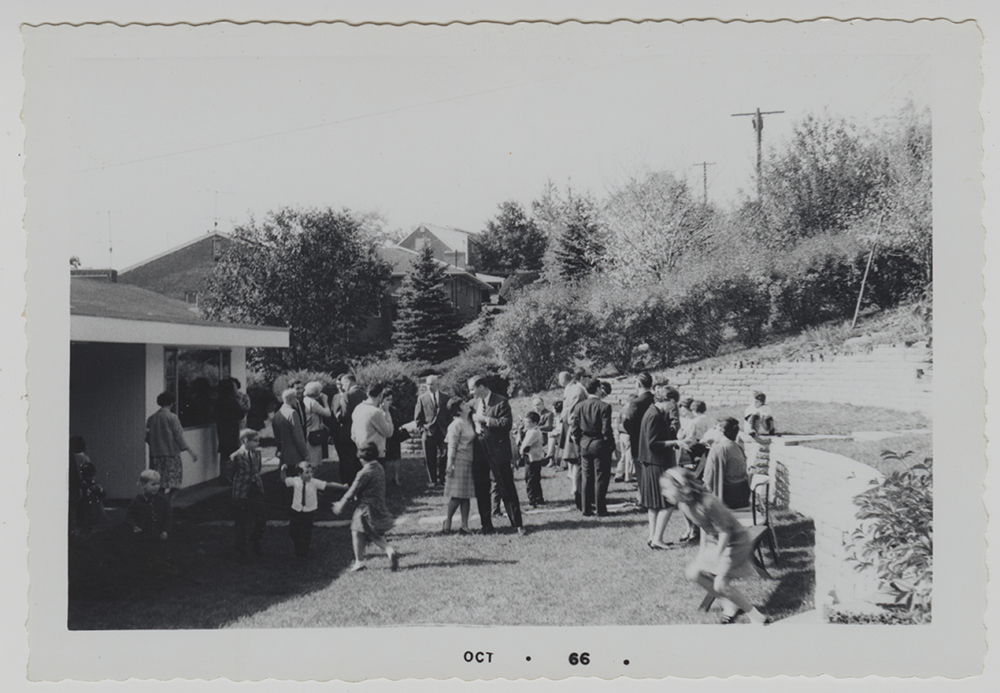
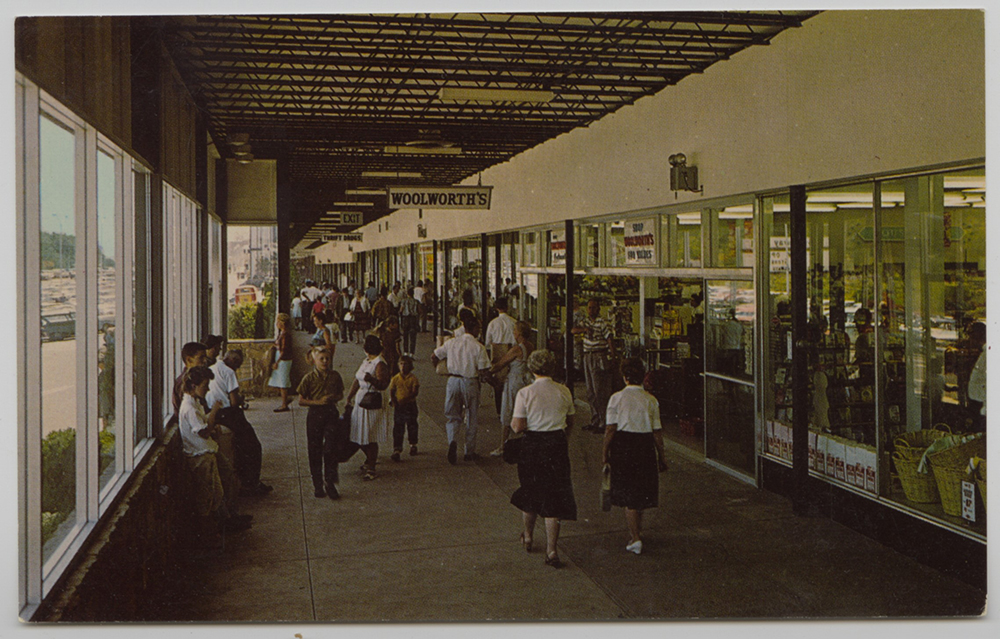
The schools, civic and service organizations, houses of worship, local businesses, and municipal infrastructures that sprouted up to both reflect and support Greater Pittsburgh’s suburbanites are key pieces of Western Pennsylvania’s story over time. When casual visitors and seasoned researchers alike prompt us to help them delve into the archives on Pittsburgh’s suburbs, we in the History Center’s Detre Library & Archives often emerge with a mosaic of maps, reports, church anniversary books, yearbooks, and town histories. Even better if we have a smattering of town directories, newspapers, and postcards as well.
At times, this mosaic is also enhanced by the original papers of businesses, families, individuals, and other bedrock fixtures within a community. Photographs further enrich this patchwork of documentation on Pittsburgh’s outer townships and boroughs. As will be explored in the History Center’s upcoming #Pixburgh exhibition, photographs of and within a community persist as unrivaled glimpses into the past.
If you or your family call a town in the suburbs outside of Pittsburgh home, what photographs do you have that capture snapshots into your lives and that of your community? What are some of the longstanding gathering places in your suburban community? Are there annual events such as McKeesport’s International Village, Dormont Day, and the Carrick Overbrook Community Cornfest that have grown to become hallmark celebrations in your area? Do you have photographs or other items among your family treasures that represent these shared experiences?
If you or your family have photographs or other materials that provide insight into your corner of Pittsburgh’s suburbs, we’d love to hear from you.
In addition to delving into our collections, we also encourage you to further explore the history of Pittsburgh’s suburbs with History Center Affiliates Program sites across our region.
Sierra Green is an archivist with the Detre Library & Archives at the Heinz History Center.
Use the form below if you have old images, documents, or artifacts related to Pittsburgh’s past. We’d love to talk with you about adding unique content to our permanent collections. Please include a brief description along with your contact information and a History Center team member will be in contact with you.

